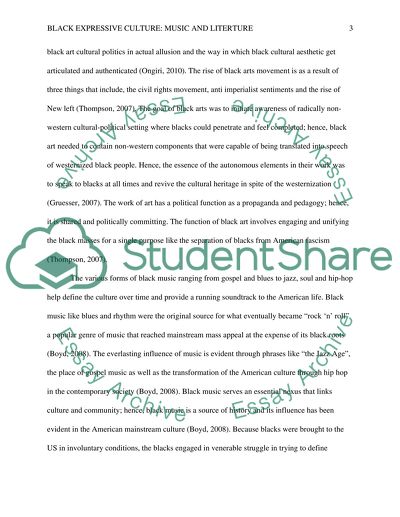Cite this document
(“Black Expressive Culture: Music and Literature Term Paper”, n.d.)
Black Expressive Culture: Music and Literature Term Paper. Retrieved from https://studentshare.org/sociology/1495616-black-expressive-culture-music-and-literature
Black Expressive Culture: Music and Literature Term Paper. Retrieved from https://studentshare.org/sociology/1495616-black-expressive-culture-music-and-literature
(Black Expressive Culture: Music and Literature Term Paper)
Black Expressive Culture: Music and Literature Term Paper. https://studentshare.org/sociology/1495616-black-expressive-culture-music-and-literature.
Black Expressive Culture: Music and Literature Term Paper. https://studentshare.org/sociology/1495616-black-expressive-culture-music-and-literature.
“Black Expressive Culture: Music and Literature Term Paper”, n.d. https://studentshare.org/sociology/1495616-black-expressive-culture-music-and-literature.


